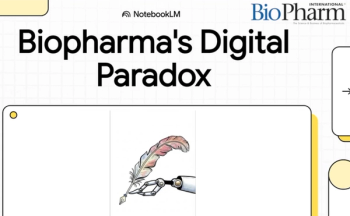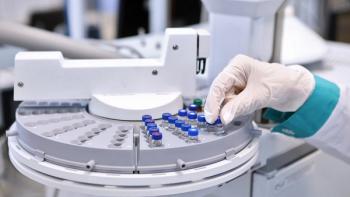
- BioPharm International-05-01-2020
- Volume 33
- Issue 5
Risk Aversion Remains an Obstacle to Innovation in Closed Systems
Risk aversion is impeding the use of closed aseptic systems, and adding unnecessary cost and complexity to aseptic operations in the pharma industry.
In the early 1980s, the first pharmaceutical isolators used in sterility testing (1) were fitted with turbulent airflow systems and relied upon manual manipulation internally for test execution. High-efficiency particulate air (HEPA) filter integrity and particle counts were confirmed during system qualification, and internal microbial testing performed (2). This mimicked established practices for the traditional operator-run sterility test suites that the isolators were intended to replace, for the simple reason that making fewer changes to procedures and manufacturing processes would make it easier to install and implement the new technologies in existing production facilities and of course secure regulatory approval for their use.
However, well before then widespread practices had established that fixed vessels and piping systems in closed systems needn’t be monitored internally by any means other than process simulation. Despite this, manufacturers continued to impose these requirements on their isolator operations, and eventually they found their way into regulatory guidance.
The reason that these practices have persisted reflects manufacturers’ wish to avoid the regulatory headaches triggered by process change applications. In the heavily regulated world of current good manufacturing practices, change is anathema, and process improvements using new technologies require multiple layers of review, documentation, and approval before the changes can even be submitted to regulators for approval.
The result has been a situation in which procedures demonstrating the absence of human contamination are still required for systems that prevent any contact with operators in the first place. This is a bit like requiring training wheels on the bicycles used in the Tour de France.
Reflecting the current environment, some sterility test isolator vendors have even begun to offer unidirectional airflow designs, ignoring evidence based on 40 years of global experience with isolators and millions of successful sterility tests using turbulent flow systems.
The core problem is the fact that the industry and regulators continue to view isolators as very small cleanrooms. Even though isolators eliminate any risk of environmental contamination, they are subject to identical controls as real-world cleanrooms in which more than 98% of viable contamination can be traced to operators’ presence. This misconception has wasted millions of dollars (3) and poses important questions for manufacturers and regulators to resolve.
References
1. J. Agalloco, “Aseptic Processing: State of the Art and A Vision of the Future,” a presentation at the AAPS Arden House conference, February, 2007.
2. PDA, TR #28, Process Simulation Testing for Sterile Bulk Pharmaceutical Chemicals,"PDA Journal of Pharmaceutical Science and Technology, 52(4), Supplement (1998).
3. PDA, TR #28 revised, "Process Simulation Testing for Sterile Bulk Pharmaceutical Chemicals," PDA Journal of Pharmaceutical Science and Technology, Vol. 60, Supplement S-2, (2006).
Articles in this issue
over 4 years ago
Considerations for Closures in Cold Storageover 5 years ago
Fluid Handling Considerationsover 5 years ago
How Fast Is Too Fast?over 5 years ago
Building Better Bioassaysover 5 years ago
Modern Drug Manufacturing Key to COVID-19 Responseover 5 years ago
Starting a Career in the Bio/Pharmaceutical Industryover 5 years ago
Good Automation Practices for Remote Operationsover 5 years ago
Mass Flow Controllersover 5 years ago
Pre-Packed ColumnsNewsletter
Stay at the forefront of biopharmaceutical innovation—subscribe to BioPharm International for expert insights on drug development, manufacturing, compliance, and more.





